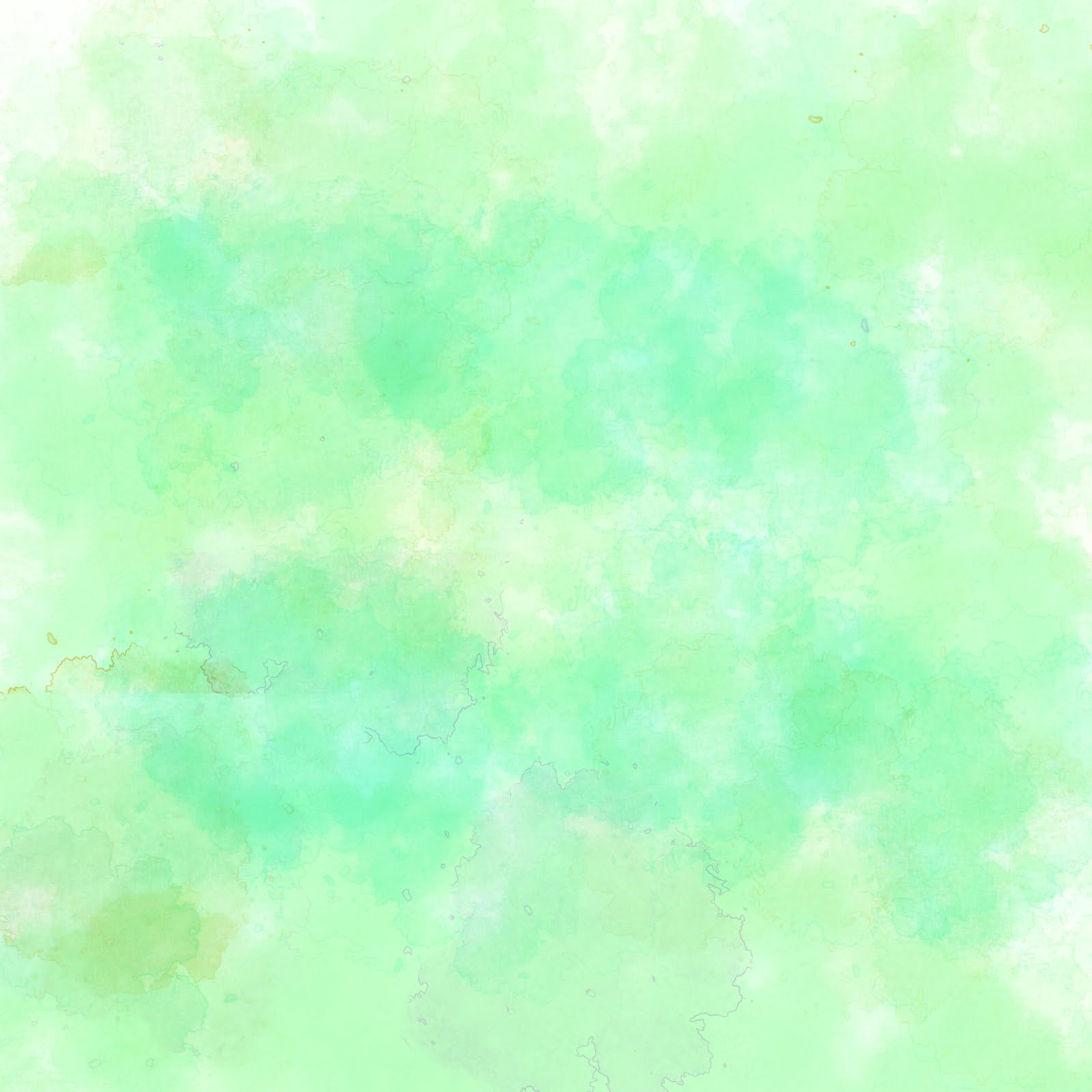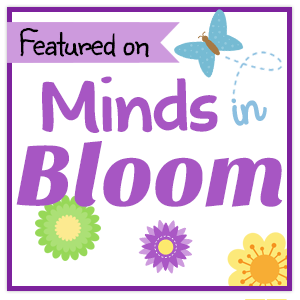I've spent a lot of time sitting in doctors' waiting rooms recently. Either I have a rare but fatal condition or it's allergies. Or migraines. We're not sure. All of the doctors I've seen recently are in medical practice. They're practicing. As I wait to see whether the MD of the day has joined team death or team migraine, I can't help musing how a similar scenario might have played out in my classroom. As teachers, aren't we kind of in practice too? We do speak of our teaching practices. BTW, most of my doctors have joined team migraine for now. It's how I got the courage to even get out of bed and blog this morning. Good times.
As with most things I observe, read, or experience so far in life, I always wonder how that might look within a classroom practice. Welcome, parents, to our conference about your child's progress. Little Janie doesn't seem able to keep up with her reading group. Ummm..she might be dyslexic. Or not musical enough. Or just not interested in reading. Why don't you go next door and ask that teacher what she thinks? She can probably see you in a couple of months. Oh, and I don't think it's really dyslexia. But it might be. Maybe she needs glasses. Have you had her hearing checked?
OK, reinstalling the tact filter. It has a limited time span, so here goes...
Seriously, teachers, we do spend a lot of time in our classroom practice assessing, measuring, testing. Sometimes it's hard to see the instruction as we wade through all the required testing. Yet we all know that kids have so many ways to show us and themselves what they actually know and what they still need to explore. We also have many ways of finding out what they know and where to go from that point. So many more ways than standardized tests can ever measure. We are in practice. We practice constantly.
What about our kids? They should be in practice too. They are, whether we call it that or not. As we build our learning community each year, and try to offer a safe, welcoming, and risk-free place to try out new ideas, are we also offering the option of failure as a tool for growth? It's kind of a scary thing to consider. Failure isn't generally viewed as a positive in the context of classroom success.
And yet...back to my medical journey... I quite likely received a misdiagnosis (fingers still crossed on that!), was heavily medicated for it, side effects and all, and further testing is showing a much less alarming condition. Did the doctor who misdiagnosed my condition admit failure? Did the experts in the diagnosis and treatment of that condition who saw me next call him a failure? Nope. A simple "Stop the medication and we will proceed from here in a new direction." All docs on board as we set sail in a new direction.
Back to our classrooms... Have you ever tried something new with your teaching partners, then decided that it wasn't really going to work for you going forward? A new behavior management system that proves unwieldy and time consuming? A cross curricular project based idea that took too much classroom time and may have produced more mess and chaos than you were willing to live with? Most of us have been there. Done! Well, we sure won't try that again next year! Whew! Glad it's over! No sense of failure or shame. It just didn't go the way we had hoped and it's time to try something else.
Why not offer that same safe, non-judgmental opportunity for growth and learning that we afford to our doctors and ourselves? Our kids deserve no less, and it will make them more confident and more successful learners going forward. I'm not by any means suggesting that you allow kids to abandon every project that they start. Now there's an invitation for chaos! I am suggesting that you make an escape route from a project that is truly worth abandoning an option. Embed it in your classroom culture. Embracing failure as another learning experience and guiding your students to the way forward to more learning and growth can't be a bad thing. I'm asking you to celebrate failure the way we celebrate success. It can lead to a lifelong relationship with a growth mindset!
Some things to try:
- Escape cards that kids can turn in for redemption when they have carefully considered and still want to abandon a project. Abandonment is not a "get of jail free" card with no further work necessary. This should be when the harder work begins: figuring out what went wrong, and identifying a different project to work on going forward.
- Peer evaluation at several stopping points during project identification, project work, and at project completion. Presenting your ideas to peers is a powerful tool. Their feedback can be valuable as work continues. For the third, fourth, and fifth graders that I am most familiar with, I love the "Two stars and a wish" format. Identify two positives about the work, and then a wish for something that is missing or not addressed as completely as you would like.
- A journal or some other written statement of what went wrong and what learnings came from the experience. There must be accountability. This is the piece that will remind students that abandoning a project has its own responsibilities and that the expectation is that it will become its own opportunity for growth and learning.
- Environmental cues in the form of posters, writing pieces, and photos of failed projects. This will help to set the stage in your classroom for failure as a true and acceptable option.
- Coloring pages with messages about failure and its relationship with growth. As kids relax and color, the messages find their way into stored thoughts and emotions.
- Brag tags or other awards for admitting failure and moving on. Further reminder of your attitude about failure and its place in your learning plan.
I stopped writing this blog post to create a toolkit to help you to infuse this idea into your teaching practice. As I thought of ideas to make this happen in your classroom, I wanted to create some tools to make implementation easier. A sample version is available for free. I hope you will try it and let me know how it goes! There is also a full version of the resource with a journal, brag tags, (Yes! Bragging about failure! IKR!) and more posters and more coloring pages. If you love the sample, and would like to truly make failure an option in your year-long classroom practice, I hope you'll go back for the full resource.
As with any new idea that you present to your class, your attitude about it is everything! Tell some personal stories about yourself and your own confrontations with failure. Tell stories about how you came to embrace that failure and move on. If you don't think you have any stories of your own (although I am positive that you do!) to share, use a story that you know about someone else and a time they faced failure. It's almost Halloween! Time to unmask failure and tell it we are not afraid!
For more ideas to try on in October, visit some of these great Teacher Talk bloggers!
























